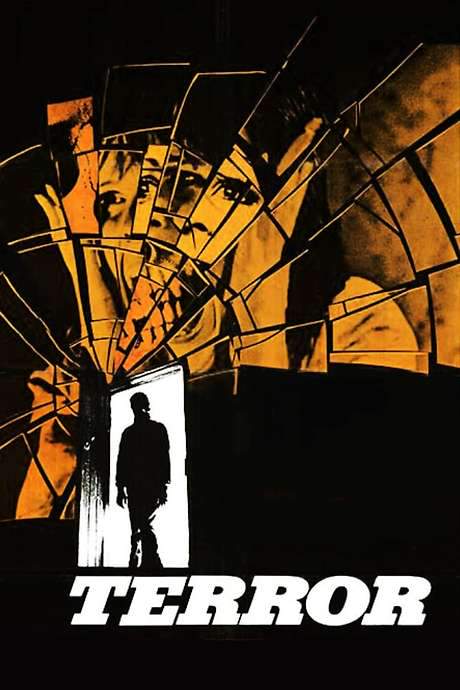
Crucible of Terror
Year: 1972
Runtime: 91 mins
Language: English
Director: Ted Hooker
Obsessed with capturing beauty in bronze, a sculptor murders a young woman to use her body as his perfect model. Years later, within the isolated manor where he works, a group of strangers find themselves ensnared in a relentless cycle of revenge, murder and terror.
Warning: spoilers below!
Haven’t seen Crucible of Terror yet? This summary contains major spoilers. Bookmark the page, watch the movie, and come back for the full breakdown. If you're ready, scroll on and relive the story!
Timeline & Setting – Crucible of Terror (1972)
Explore the full timeline and setting of Crucible of Terror (1972). Follow every major event in chronological order and see how the environment shapes the story, characters, and dramatic tension.
Last Updated: October 04, 2025 at 15:32
Main Characters – Crucible of Terror (1972)
Meet the key characters of Crucible of Terror (1972), with detailed profiles, motivations, and roles in the plot. Understand their emotional journeys and what they reveal about the film’s deeper themes.
Last Updated: October 04, 2025 at 15:32
Major Themes – Crucible of Terror (1972)
Explore the central themes of Crucible of Terror (1972), from psychological, social, and emotional dimensions to philosophical messages. Understand what the film is really saying beneath the surface.
Last Updated: October 04, 2025 at 15:32
Unlock the Full Story of Crucible of Terror
Don't stop at just watching — explore Crucible of Terror in full detail. From the complete plot summary and scene-by-scene timeline to character breakdowns, thematic analysis, and a deep dive into the ending — every page helps you truly understand what Crucible of Terror is all about. Plus, discover what's next after the movie.
Crucible of Terror Summary
Read a complete plot summary of Crucible of Terror, including all key story points, character arcs, and turning points. This in-depth recap is ideal for understanding the narrative structure or reviewing what happened in the movie.

Similar Movies to Crucible of Terror
Discover movies like Crucible of Terror that share similar genres, themes, and storytelling elements. Whether you’re drawn to the atmosphere, character arcs, or plot structure, these curated recommendations will help you explore more films you’ll love.
Explore More About Movie Crucible of Terror
Crucible of Terror (1972) Plot Summary & Movie Recap
Crucible of Terror (1972) Scene-by-Scene Movie Timeline
Crucible of Terror (1972) Spoiler-Free Summary & Key Flow
Movies Like Crucible of Terror – Similar Titles You’ll Enjoy
Crucible of the Vampire (2019) Film Overview & Timeline
Murder Obsession (1981) Detailed Story Recap
The Devonsville Terror (1983) Detailed Story Recap
Witchery (1988) Full Summary & Key Details
Blood and Lace (1971) Spoiler-Packed Plot Recap
Cauldron of Blood (1970) Film Overview & Timeline
Blood Bath (1966) Movie Recap & Themes
House of Horrors (1946) Movie Recap & Themes
The Gorgon (1964) Story Summary & Characters
Bloody Pit of Horror (1965) Ending Explained & Film Insights
Horror Rises from the Tomb (1973) Complete Plot Breakdown
Horror Castle (1963) Film Overview & Timeline
Terror-Creatures from the Grave (1965) Spoiler-Packed Plot Recap
Terror (1978) Movie Recap & Themes
The Terror (1963) Story Summary & Characters

















